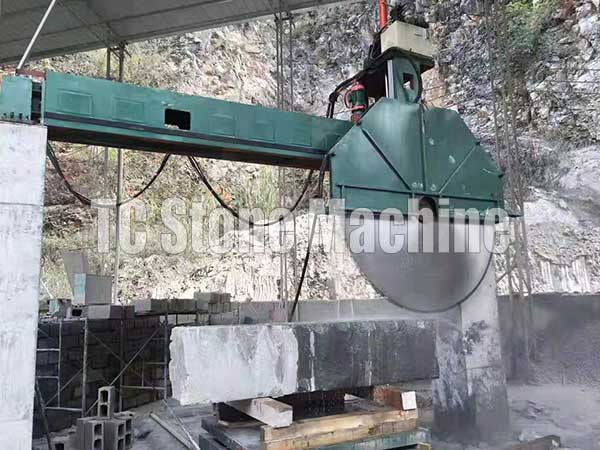Polishing Cut Granite Edge
Polishing Cut Granite Edge
Granite is a popular natural stone used in many applications, including kitchen countertops, bathroom vanity tops, outdoor patios, and more. When fabricating granite, achieving a polished cut edge can add a touch of elegance and sophistication to the finished look. In this article, we will discuss the process of polishing cut granite edge.Cleaning the Granite
Before polishing the cut edge, it is essential to ensure that the granite surface is clean and free of debris. Use a damp cloth or sponge to wipe down the surface, removing any dust or dirt. You can also use a mild cleaning solution to clean the surface, but make sure to rinse it thoroughly with water and let it dry completely before proceeding.Securing the Granite
To polish the cut edge of granite, it is necessary to secure the piece firmly in place. You can use a sturdy worktable or a specialized granite workbench, depending on the size and shape of the granite piece. Many professionals prefer to use vacuum clamps, which provide a secure anchor without damaging the surface of the granite.
Grinding the Edge
With the granite piece securely in place, it's time to start polishing the cut edge. Begin with a coarse grinding wheel or diamond pad, using water to lubricate the surface and remove any debris. Grind the edge in a steady, circular motion, applying consistent pressure for best results. As you progress, switch to finer grit pads until you achieve the desired level of polish.Buffing the Edge
 Once you have achieved the desired level of polish, it's time to buff the edge to a gleaming shine. Using a buffing wheel or polishing pad, apply a polishing compound to the edge of the granite, working in a circular motion. Keep the pad moving constantly to avoid creating heat buildup, which can damage the surface of the granite. After a few minutes of buffing, wipe the surface with a clean cloth to remove any residue.
Once you have achieved the desired level of polish, it's time to buff the edge to a gleaming shine. Using a buffing wheel or polishing pad, apply a polishing compound to the edge of the granite, working in a circular motion. Keep the pad moving constantly to avoid creating heat buildup, which can damage the surface of the granite. After a few minutes of buffing, wipe the surface with a clean cloth to remove any residue.
Finishing Touches
After polishing and buffing the cut edge of the granite, take the time to inspect it carefully for any imperfections or uneven areas. Check for any rough spots or scratches and reapply the grinding and polishing process to smooth them out.Cleaning up
 Once the polishing process is complete, it's time to clean up the area. Use a damp cloth or sponge to wipe down the surface of the granite and remove any residual polishing compound. Wipe the surface dry before removing the granite from the worktable or bench.
Once the polishing process is complete, it's time to clean up the area. Use a damp cloth or sponge to wipe down the surface of the granite and remove any residual polishing compound. Wipe the surface dry before removing the granite from the worktable or bench.

Conclusion
Polishing the cut edge of granite requires proper equipment, patience, and attention to detail. With the right tools and technique, you can achieve a beautiful, polished finish that will enhance the elegance and sophistication of any granite surface. Whether you are a professional fabricator or a DIY enthusiast, following the steps outlined in this article can help you achieve the perfect polished cut edge.Request for Quotation
[contact-form-7 id="59" title="Contact form 1"]




